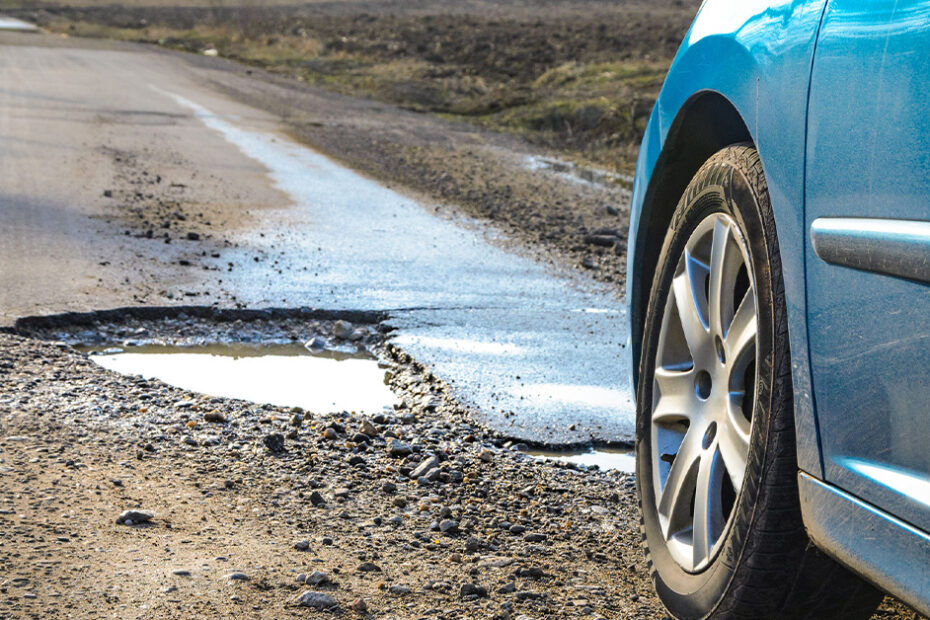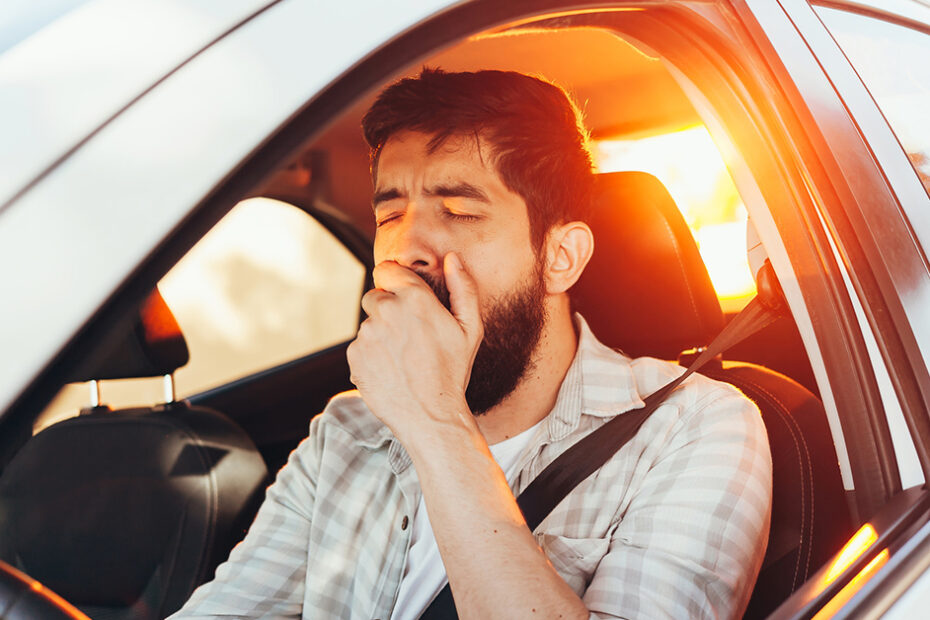Regardless of the season in California, sudden rainstorms can sometimes seem to come out of nowhere. When these happen, drivers can lose sight of what to do on wet roads with low visibility. Below is a list of some of the most important safety tips you should follow to be prepared for driving in the rain.
A couple items that you will want to make sure that you make sure that you have in good condition r egardless of weather are your windshield wipers and your tires. If the weather turns sour, these will be your two most important pieces of safety equipment. Worn windshield wipers will inhibit your ability to see, and bald tires will not give you the grip you need in wet conditions. When you encounter rainy weather, you should do the following:
egardless of weather are your windshield wipers and your tires. If the weather turns sour, these will be your two most important pieces of safety equipment. Worn windshield wipers will inhibit your ability to see, and bald tires will not give you the grip you need in wet conditions. When you encounter rainy weather, you should do the following:
- Exercise extreme caution especially after a dry spell. When it is dry, oil and grease can build up on the road. With initial rainfall, the surface of the road will be very slick until the rain washes it away.
- Drive slower and allow for more time. Driving slower will give more time to react in the event that a situation occurs near you. Allowing more time to get to your destination will leave you less stressed, and you will tend not to try to hurry to reach your end point.
- Leave more distance between other cars. When it is raining, you will not be able to stop as quickly as you would in dry conditions. Leaving more distance will allow you more time to stop safely.
- Apply gradual brake pressure when stopping. If you apply forceful brake pressure in slick conditions, you could lock up your brakes sending your car into an uncontrollable spin. Gradual brake pressure will allow the tires to keep rotating, which will reduce the tendency of the car to skid. One caveat, though: if you’re sure your car has anti-lock brakes, don’t
 pump the brakes. It defeats the purpose of the anti-lock system.
pump the brakes. It defeats the purpose of the anti-lock system. - Turn on your headlights. Many new vehicles have daytime running lamps (DRL) which keeps the lights on all the time. If you are in an older vehicle, turn on your lights so other people can see you in low visibility situations.
If conditions continue to worsen, it is always a good idea to pull over to the side of the road and wait out the worst. If you do pull over, move as far over as you can and turn on your hazard lights.
This content is offered for educational purposes only and does not represent contractual agreements. The definitions, terms and coverages in a given policy may be different than those suggested here and such policy will be governed by the language contained therein. No warranty or appropriateness for a specific purpose is expressed or implied.


